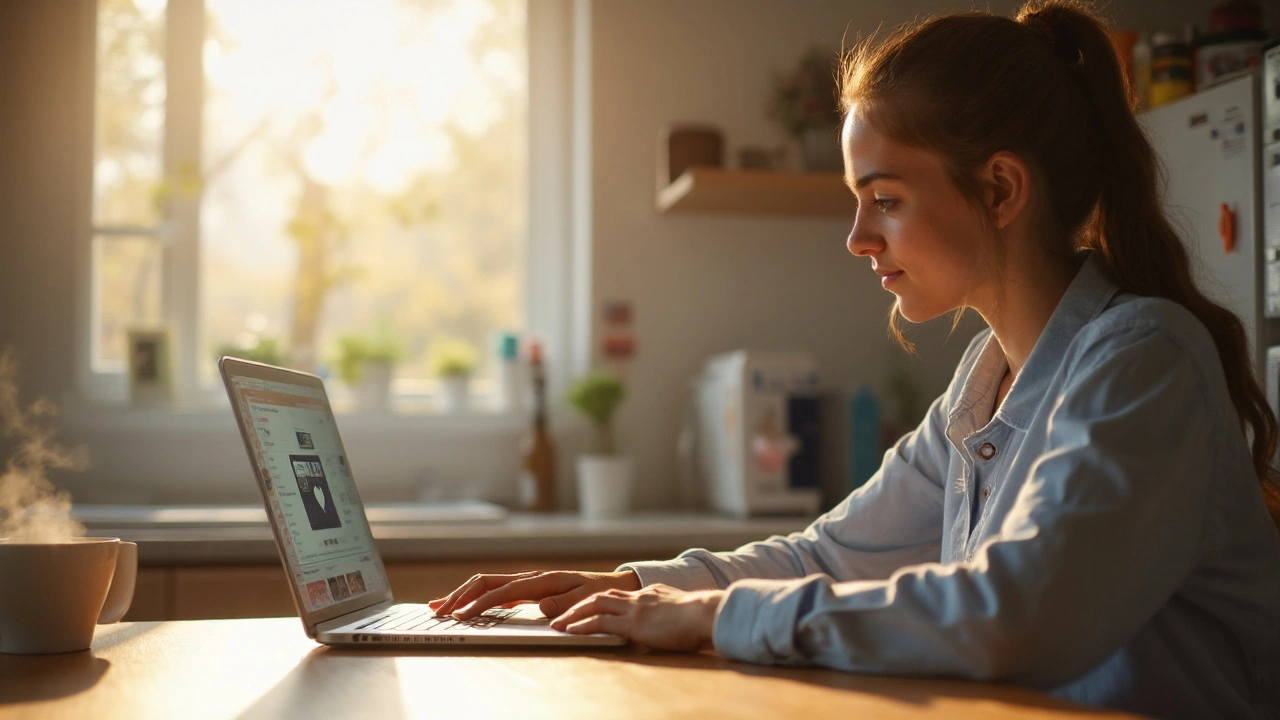Counterfeit Antibiotics – Spot the Fakes, Protect Your Health
Ever wondered why a cheap antibiotic didn’t work or made you feel worse? Chances are you bought a counterfeit product. Fake antibiotics are a growing problem, especially when you shop online or use unverified sources. They can contain the wrong ingredient, no active drug at all, or even harmful substances. Below we break down what counterfeit antibiotics look like, why they’re dangerous, and how you can stay safe.
What Makes an Antibiotic Counterfeit?
A counterfeit antibiotic is any drug that’s mislabeled, poorly manufactured, or sold without proper approval. It might have the wrong dosage, missing ingredients, or extra chemicals that aren’t listed on the label. The packaging often mimics a reputable brand, but the pills inside are different. These fakes can show up as cheap “generic” versions on shady websites, in street markets, or even in some legitimate‑looking pharmacies that cut corners.
Real‑World Risks of Fake Antibiotics
Taking a counterfeit antibiotic isn’t just a waste of money – it can put your health at serious risk. Without the right active ingredient, an infection can spread or become resistant, making future treatment harder. Some fakes contain toxic fillers that cause stomach upset, allergic reactions, or kidney damage. In worst‑case scenarios, you could end up with a life‑threatening infection because the drug never did its job.
One common story: a patient bought a low‑cost amoxicillin online, took the full course, and still ended up hospitalized for a worsening sinus infection. The lab later discovered the pills had only filler powder, no antibiotic at all. Stories like that highlight why vigilance matters.
How to Spot a Counterfeit Antibiotic
Here are practical signs to watch for:
- Price is too good to be true. Genuine antibiotics priced at a fraction of market value usually hide something.
- Poor packaging. Misspelled words, blurry logos, or uneven printing often indicate a fake.
- Lack of a clear pharmacy license. Legit online pharmacies list a registration number and contact info.
- No prescription requirement. Real antibiotics need a doctor’s prescription in most countries.
- Unusual tablet shape or color. If the pill looks different from the brand you know, double‑check.
If anything feels off, pause the purchase and verify.
Buying Antibiotics Safely Online
When you need an antibiotic, the safest route is a licensed pharmacy that requires a valid prescription. Look for these checkpoints:
- Check the website’s URL – it should end with a recognized domain (like .co.uk, .de, .fr) and have a secure lock icon.
- Verify the pharmacy’s registration with national health authorities or the EU’s Common European Sales List.
- Read customer reviews, but watch for patterns of generic praise that could be fake.
- Contact the pharmacy directly if you’re unsure about a product’s authenticity.
- Consider using a telehealth service that partners with approved pharmacies.
When you receive the medication, compare the pill’s appearance with official images from the manufacturer. If it looks off, contact the pharmacy immediately and avoid taking it.
What to Do If You Suspect a Counterfeit
Stop using the drug right away. Keep the packaging and any leftover pills – they can help health authorities identify the source. Report the incident to your national drug safety agency (e.g., MHRA in the UK, ANSM in France). If you experienced side effects, see a doctor promptly and tell them about the suspect medication.
Reporting helps shut down illegal operations and protects other patients.
Bottom Line
Counterfeit antibiotics are a hidden danger that can turn a simple infection into a serious health issue. By watching price, packaging, and pharmacy credentials, you can avoid fakes. Always get antibiotics through a licensed, prescription‑based pharmacy, and report anything suspicious. A little extra caution now saves you time, money, and health later.
How to Buy Cheap Generic Ciprofloxacin Online Safely
Learn where to find affordable genuine generic ciprofloxacin online, how to spot safe pharmacies, avoid counterfeit meds, and stay within legal limits.

